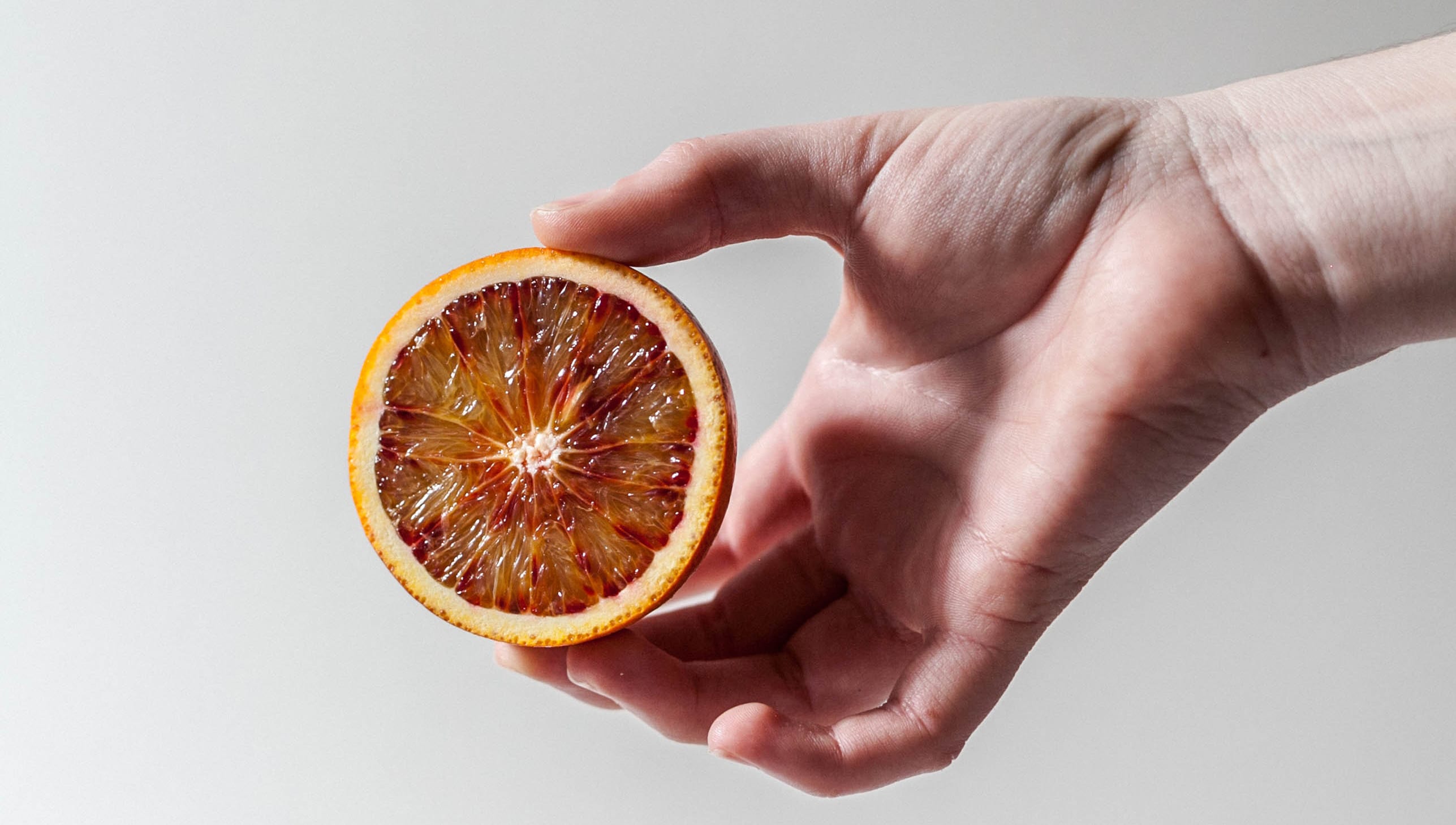A Comprehensive Guide to Minimalist Parenting
In the journey of parenting, we often find ourselves caught in the whirlwind of societal expectations and consumerist impulses, aiming to equip our kids with every conceivable advantage. It is easy to get swept up in the tide, believing...


In the journey of parenting, we often find ourselves caught in the whirlwind of societal expectations and consumerist impulses, aiming to equip our kids with every conceivable advantage.
It is easy to get swept up in the tide, believing that an abundance of material possessions and the latest gear is synonymous with good parenting. However, as I watched my children navigate through piles of toys and gadgets, I realized that true contentment and growth lies not in the abundance of possessions but in the richness of experiences and the simplicity of life.
Creating a minimalist home has been a transformative experience, one that has simplified our daily routines and brought our family closer together. Minimalist parenting is a powerful decision that leads to a more intentional, connected, and joyful family life.
Declutter with Purpose
Before we dive into the heart of minimalist parenting, it’s essential to address the critical first step that paves the way for a more intentional lifestyle: decluttering. This process involves more than just sorting through possessions; it’s about critically assessing what we own and why we own it, starting with our own belongings as parents.
Decluttering our personal items sets a powerful example for our children, demonstrating that minimalism is not about sacrifice but about choosing to surround ourselves with things that truly matter.
It’s a clear signal that the journey to minimalism is a family-wide endeavor, with each member playing a part. When we, as parents, lead by example, we show our children that the value of our lives is not measured by the number of possessions we accumulate but by the quality of experiences we share.
Focusing on our own stuff first also allows us to approach the decluttering process with empathy and understanding when it comes time to address our children’s belongings. Having navigated our own emotional attachments to possessions, we’re better equipped to guide our children through the process, helping them make thoughtful decisions about what to keep and what to let go.
This initial step of decluttering is about more than just creating a tidier home; it’s about laying the foundation for a minimalist mindset that values simplicity, intentionality, and the profound joy that can be found in having less.
While the first step toward minimalist parenting is the process of decluttering the unneeded possessions from our home, adopting minimalism is a long-term commitment that requires us to continually reassess our possessions and our values.
But it is important. Striving for a simpler life allows us to prioritize what truly matters, leading to deeper connections and a more fulfilling family experience.
Cultivating a Minimalist Mindset
Again, it’s important to know remember that embracing a minimalist mindset in family life is about more than just decluttering physical spaces; it’s about reevaluating our values and making conscious choices that align with those values.
This mindset shift encourages us to question the necessity of each item we bring into our home, asking whether it serves a purpose or brings joy to our child’s life. By doing so, we not only create more physical space but also open up mental and emotional space for creativity, growth, and connection.
Every decision we make in our journey towards minimalism is with our child’s life and future in mind, ensuring they grow up with values that matter.
Redefining Celebrations and Birthdays
One area where minimalism profoundly transforms our family life is in how we celebrate birthdays and special occasions. Rather than succumbing to the impulse to fill these events with an excess of gifts and elaborate parties, we can shift towards simpler celebrations that focus on the joy of being together.
For kids’ birthdays, this might mean a family adventure day or a small gathering with close friends, where the emphasis is on making memories rather than accumulating more material possessions. Any journey towards minimalism teaches us to find beauty and value in experiences over material things—enriching your family life along the way.
Integrating Minimalism into Everyday Life
Minimalism also offers practical strategies for managing the daily demands of family life, particularly for busy parents juggling multiple responsibilities. One approach we’ve adopted is involving our kids in everyday chores, turning tasks like washing dishes or sorting laundry into opportunities for learning and teamwork. This not only helps lighten the load but also instills a sense of responsibility and cooperation in our children.
Additionally, in the kitchen, minimalism has inspired a fresh approach to meal preparation. By simplifying our pantry and focusing on a few key ingredients, we’ve made mealtimes less about the stress of elaborate dishes and more about the joy of nourishing and sharing simple, healthy meals. This shift not only saves time and reduces waste but also teaches our kids the value of simplicity and the importance of nutrition.
There are other important places where minimalism can be integrated into daily life: screens, entertainment, activities, even hobbies and leisure.
Mindful Technology Use
In our minimalist parenting journey, mindful technology use is also key. We aim to integrate digital devices intentionally, focusing on enriching rather than overwhelming our family life. This involves setting clear boundaries for screen time and choosing digital content that promotes learning and creativity.
We’ve established tech-free zones and times, such as during meals and before bedtime, to encourage family interaction and ensure restful sleep. By discussing the role of technology openly with our children, we foster a sense of responsibility and informed decision-making in their digital habits.
Embracing technology mindfully allows us to balance the digital with the physical, ensuring that our family’s interactions with screens are meaningful and add value to our minimalist lifestyle.
Choosing Gear and New Things with Intention
When it comes to selecting gear for our kids, from clothing to educational tools, we’ve learned to resist the allure of new things for the sake of novelty. Instead, we opt for items that are durable, versatile, and truly needed, avoiding the impulse to keep up with every new trend.
This approach not only saves money and reduces clutter but also models for our children the importance of thoughtful consumption and the satisfaction that comes from appreciating what we have.
Kids are always growing and changing—so their needs are going to change faster than adults. That’s helpful to remember, but also calls us to be even more intentional.
Embracing Challenges and Celebrating Successes
Every family’s journey to minimalism is different, and one family’s unique plan that reflects their specific goals, challenges, and dreams will be different than another. And of course, adopting a minimalist lifestyle in a world that often equates success with material wealth is not without its challenges.
It requires a constant recommitment to our values and the resilience to swim against the mainstream current. Yet, the rewards are immeasurable. By fostering a minimalist mindset in our family, we can cultivate an environment where our kids can thrive, focusing on their passions, developing meaningful relationships, and appreciating the abundance of less.
Minimalist parenting is not a one-size-fits-all solution with specific rules or catch-all guidelines, it is a journey of making intentional choices that enhance our family’s well-being.
Minimalist parenting is about creating a nurturing environment where our kids can grow into mindful, content, and connected individuals, grounded in the values of simplicity, gratitude, and empathy. As we continue on this path, we are reminded that in the art of parenting, sometimes less truly is more.

 UsenB
UsenB 































